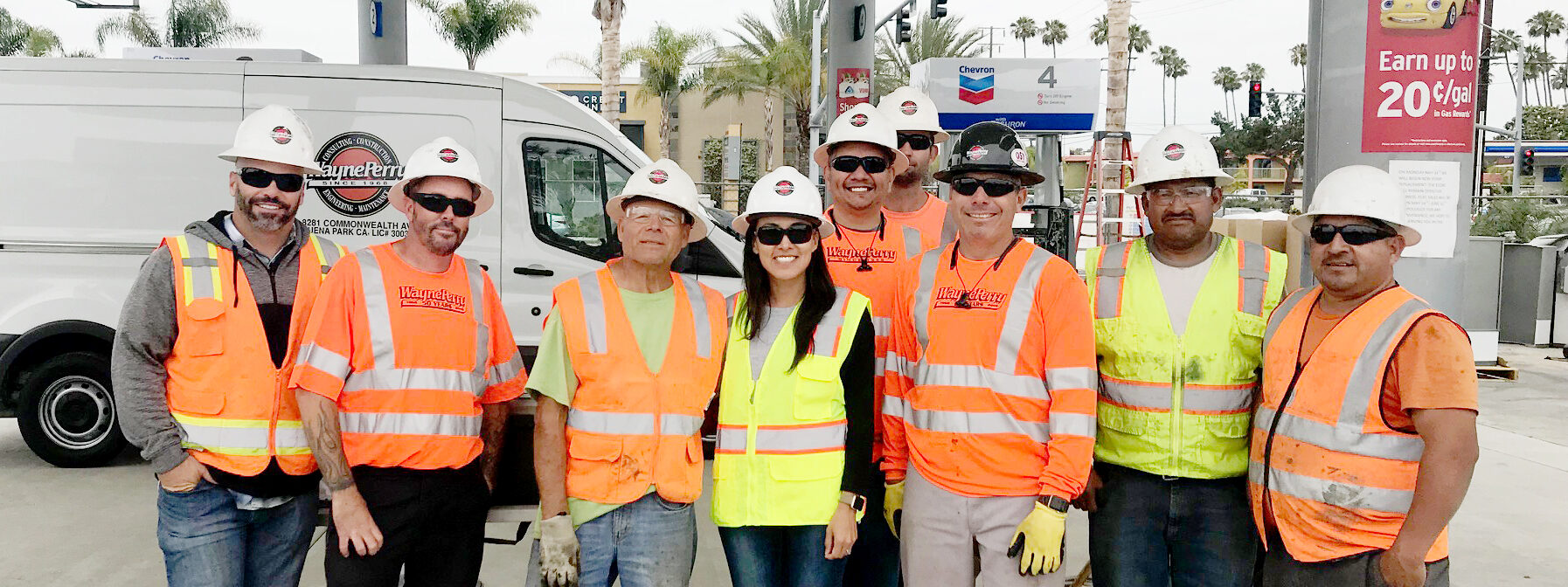Groundwater provides roughly 30 percent of all drinking water. This precious global resource faces threats from industrial operations, agricultural runoff, contamination from polyfluoroalkyl substances (PFAS) used in firefighting and hundreds of consumer products, and improper waste disposal. Remediating contaminated groundwater aquifers to a safe, usable state is essential to protect public health, preserve ecosystems, and ensure the world’s sustainable water supply.
As a business owner, it’s your responsibility to implement practices that prevent groundwater contamination and ensure proper remediation should your site be a known source of groundwater contamination. Maintaining groundwater safety is not just a legal requirement but a fundamental duty of every business owner.
Methods for Remediating Groundwater
Various groundwater remediation techniques ranging from natural attenuation to advanced technologies can be employed to mitigate contamination and restore aquifer quality. These include the following:
- Pump and Treat: This conventional method involves extracting contaminated groundwater, treating it with activated carbon to remove polyfluoroalkyl substances (PFAS) and other pollutants using additional techniques such as filtration, chemical oxidation, or air stripping—and reintroducing the purified water back into the ground or safely disposing of it.
- In Situ Chemical Oxidation (ISCO): ISCO entails injecting oxidizing agents, such as hydrogen peroxide or potassium permanganate, directly into contaminated groundwater to chemically break down pollutants into harmless byproducts.
- Bioremediation: Utilizing microorganisms to degrade organic contaminants, bioremediation can be applied either in situ, directly within the contaminated aquifer, or ex-situ, where contaminated water is treated in above-ground bioreactors.
- Phytoremediation: This eco-friendly method involves cultivating specific plants in contaminated areas to absorb, metabolize, or accumulate pollutants from groundwater through their roots. Phytoremediation, effective for shallow contaminants, can complement other remediation techniques.
- Permeable Reactive Barriers (PRBs): PRBs, constructed of reactive materials like zerovalent iron or activated carbon, intercept and treat contaminated groundwater as it flows through, reducing contaminant concentrations downstream by adsorption, chemical transformation, or immobilization.
Key Steps to Remediate Groundwater Contamination
To effectively address groundwater contamination, remediation experts use a series of steps, from evaluating the nature and extent of the contamination to choosing one or more remediation techniques through ongoing evaluation. The steps include these processes:
- Site Assessment: Conducting a comprehensive assessment to identify the nature and extent of groundwater contamination through sampling and analysis.
- Feasibility Study: Evaluating various remediation options, considering cost, effectiveness, and environmental impact based on the site assessment.
- Design and Implementation of Remediation Process: Developing detailed engineering plans and installing and operating remediation systems—drilling wells, constructing treatment facilities, or installing barriers as necessary.
- Monitoring and Optimization: Continuously monitoring groundwater quality to assess remediation effectiveness and make necessary adjustments—altering treatment parameters, expanding treatment zones, or implementing additional remediation techniques.
- Long-Term Management: Sustaining remediation efforts through ongoing monitoring and maintenance to ensure continued groundwater cleanliness and safety for public and environmental safety.
Choosing the Right Groundwater Treatment Partner
Selecting an advanced technology partner who offers efficiency, high performance, and customization options, and who adheres to best practices for environmental remediation is crucial. A trusted remediation expert identifies technical uncertainties, collaborates with regulatory agencies, recommends phased solutions, and optimizes implementation and performance to ensure effective remediation.
Remediation is a complex yet indispensable process for mitigating environmental and public health risks associated with contaminated groundwater, avoiding stiff penalties for contamination, and keeping your business thriving. By employing innovative technologies and rigorous management practices, you can retain your pumping.





